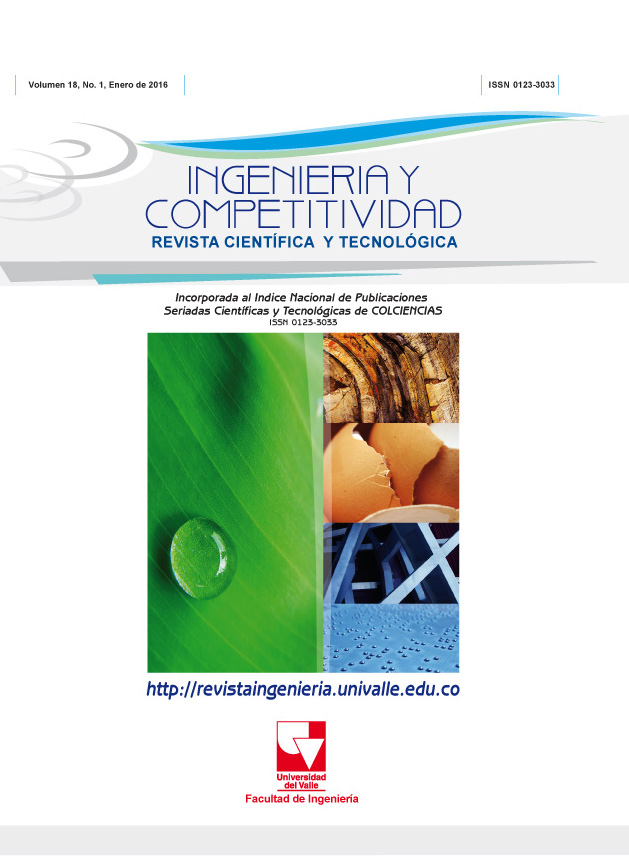Thermal evaluation of 6 wells of the central part of the eastern cordillera (Colombia), from paleogeotherms: implications on thermal history and hydrocarbons
Main Article Content
The paleotemperatures in six wells were calculated from the reflectance of the maceral vitrinite. The paleogeotherm (paleotemperature vs. depth) for each well was compared with the present geothermal gradient. The interpretation of these comparisons was based on hypothetical cases of estimation of geothermal gradient and thermal profiles associated with the flow of fluids in active geothermal systems. As a result, in some wells, the paleogeotherm seems to indicate that burial was the key factor in changing rank of the organic matter; in other wells, a higher than normal gradient could indicate heat flow at the base of the basin; in most wells, an irregular paleogeotherm could be explained through hydrothermal process associated to intrusions and paleo regional flow. The paleotemperature analyses of the wells confirm the rank anomalies of the organic matter in the central part of the Eastern Cordillera Basin, possible related to regional flow as a result of geological phenomenon such as faults, hydrothermal fluids, burial and orogeny that acted in the past and increased the maturity of the organic matter in the rocks and possibly affected and transported the hydrocarbons.
Authors grant the journal and Universidad del Valle the economic rights over accepted manuscripts, but may make any reuse they deem appropriate for professional, educational, academic or scientific reasons, in accordance with the terms of the license granted by the journal to all its articles.
Articles will be published under the Creative Commons 4.0 BY-NC-SA licence (Attribution-NonCommercial-ShareAlike).





